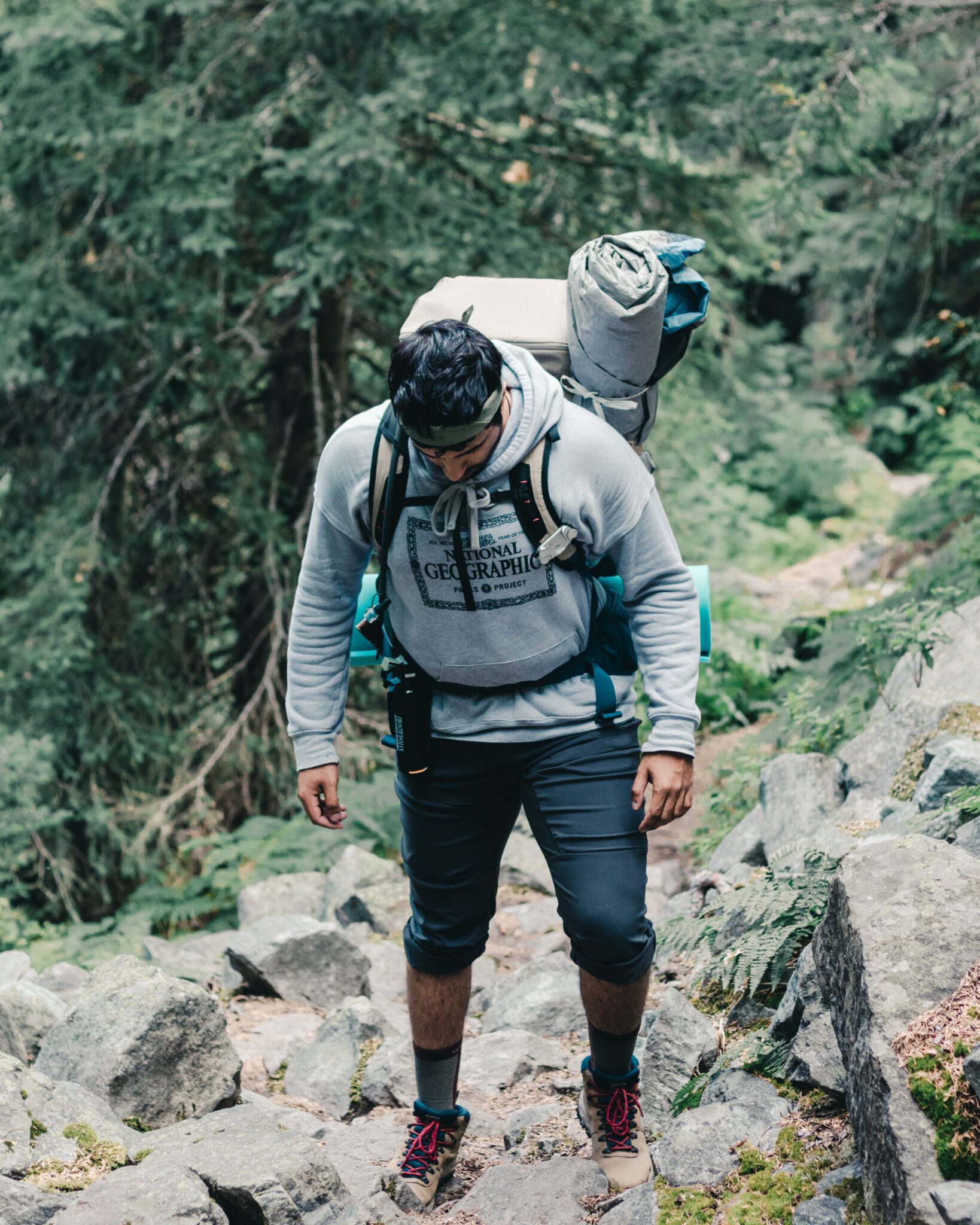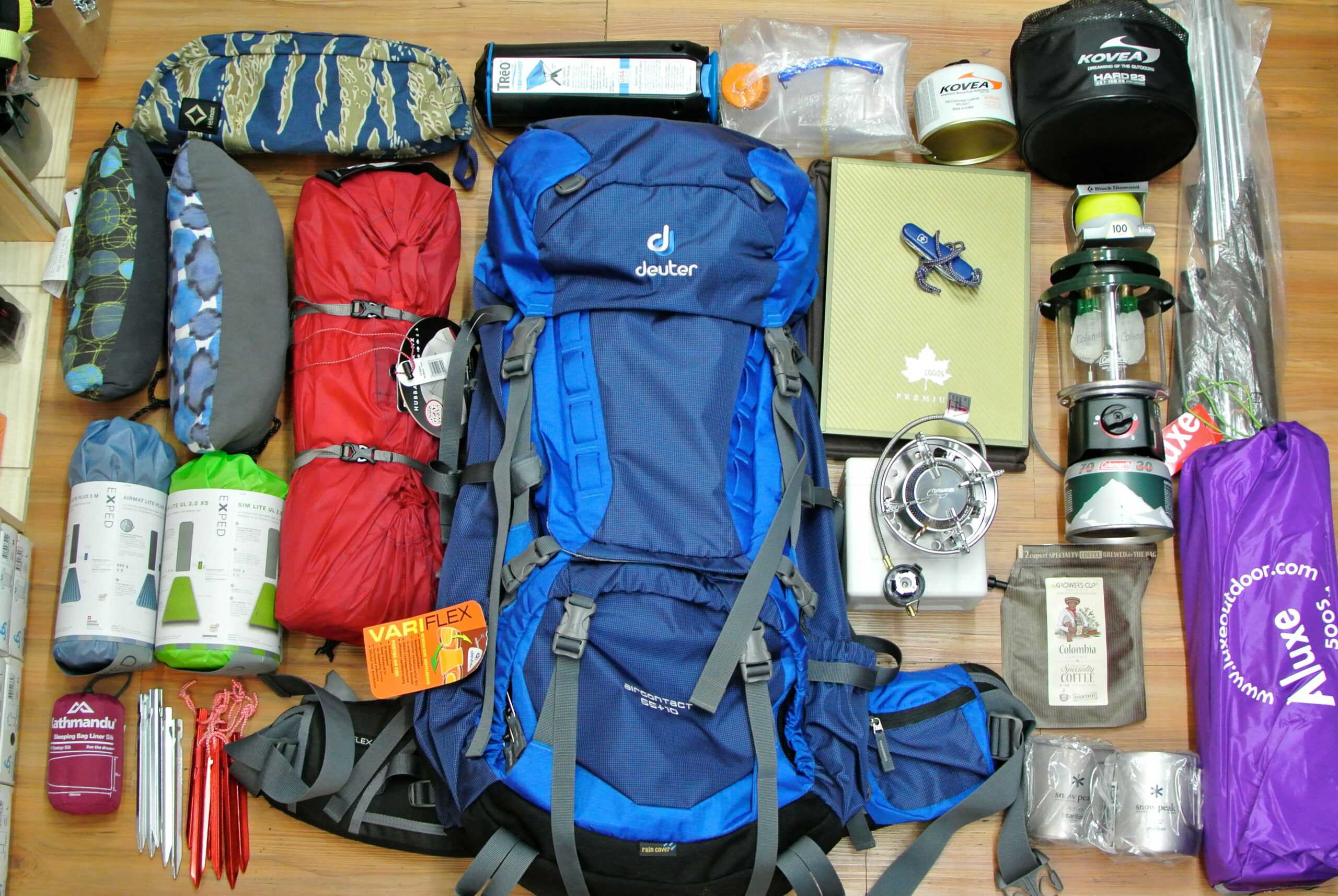In any SHTF scenario the need for map reading skills and an orienteering compass is absolutely necessary.
The tools needed are a good quality map and a good quality orienteering compass.
Now you might say, forget all that I’ve got a GPS receiver and Siri. Not so when the batteries are flat. Remember the rule of survival – never trust your life to a battery, right?
And the orienteering compass you do buy, make sure it’s fit for purpose. Small compasses on keyring, attached to paranoid bracelets, on zipper pulls – waste of space.
Compasses on smartphones and multi-function watches may look good, but not when the battery is flat.
A compass is basically a magnetised needle that aligns itself with the Earth’s magnetic field. The needle points North-South and you figure out the direction you want to go relative to this Nort-South alignment.
There are some very good analogue orienteering compasses on the market today and some come full packed with features. My advice: most of the features are a nice-to-have, so apply the KISS principle, Keep It Super Simple.
Baseplate Compasses
Baseplate compasses have a clear plastic baseplate with ruler markings for measuring distances on a map.
They have a rotating bezel for setting bearings and a small magnifying glass for reading small print on a map.
They are lightweight and compact, good for hikers and outdoor enthusiasts.
Lensatic Compasses
Often called a military compass, features a hinged cover to protect the compass and sighting wire.
Lensatic compasses have a sighting lens and rear sight for accurate navigation.
They are hardwearing and designed for rough handling and are the preferred choice by the military and survivalists.
Must Have Features of a Orienteering Compass
Magnetised Needle: The red end of a pivoting needle will always point to the magnetic North Pole. Most needles float in a damping fluid.
Rotating Bezel or Azimuth Ring: Marked in degrees from 0 deg to 360 deg. Encircles the outer edge of the compass needle capsule.
Baseplate: Flat transparent base with navigational markings including a ruler in mm and inches
Orienting Arrows and Lines: Inside the compass needle capsule and on the baseplate to aid in navigation.
Nice to Have Features of a Orienteering Compass
Magnifying Lens: Set into the transparent baseplate can be used to read the fine details on a map.
Luminescent Indicators: The major markings on the compass. For navigating in the dark.
Sighting Mirror: Helps with more precise bearing on a far away landmark. Can also be used as a emergency signalling mirror.
Declination Adjustment: “Declination” is the difference between Magnetic North and True North. It’s measured in degrees and will vary depending on where you are. It’s only necessary to set this once unless you move to a far away location.
Global Needle: Only needed if you intend to cross the equator! It compensates for magnetic field variances so that the compass can work accurately whether you’re in the north or south hemisphere.
Lanyard: A cord attached to the compass so that you can hang the compass around your neck or tie to your belt. It’s a convenience thing.
A orienteering compass is a must-have for your bug out bag, emergency kit or whatever you want to call it.
Make sure you know how to use it along with a good quality ordnance survey map of your immediate location.
This is How to Use a Compass
By the Map Reading Company
Henry







0 Comments